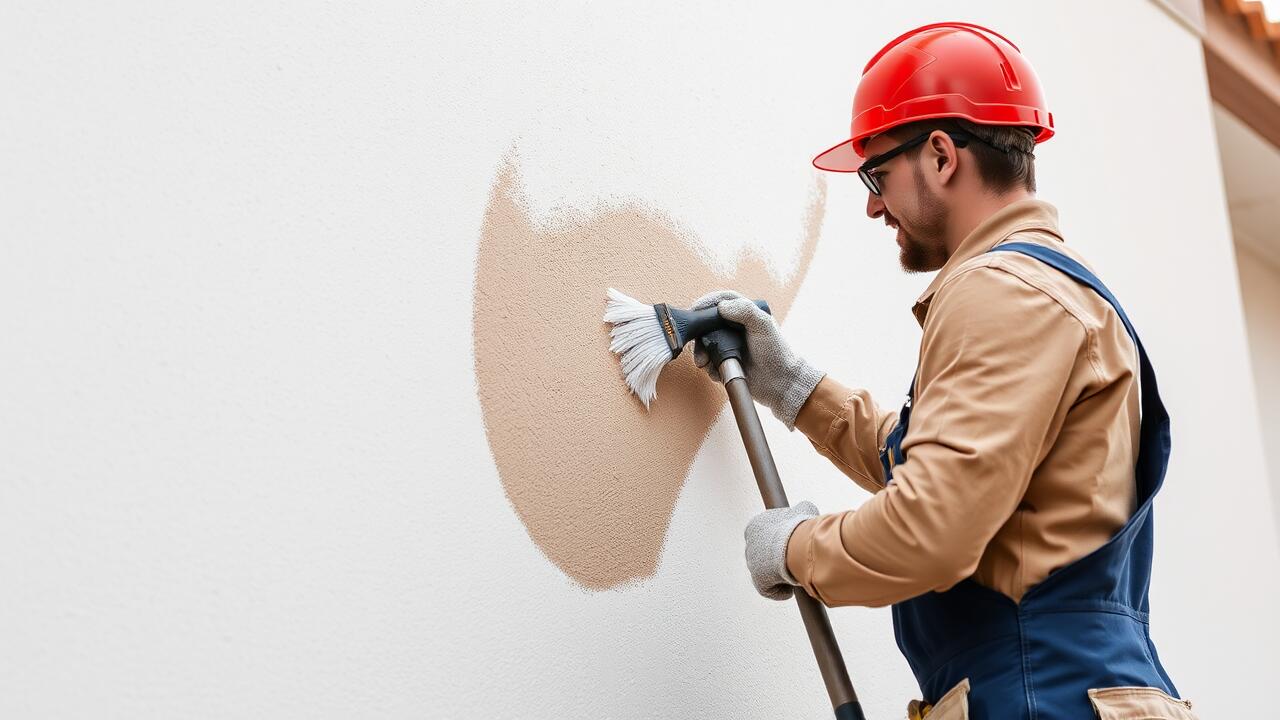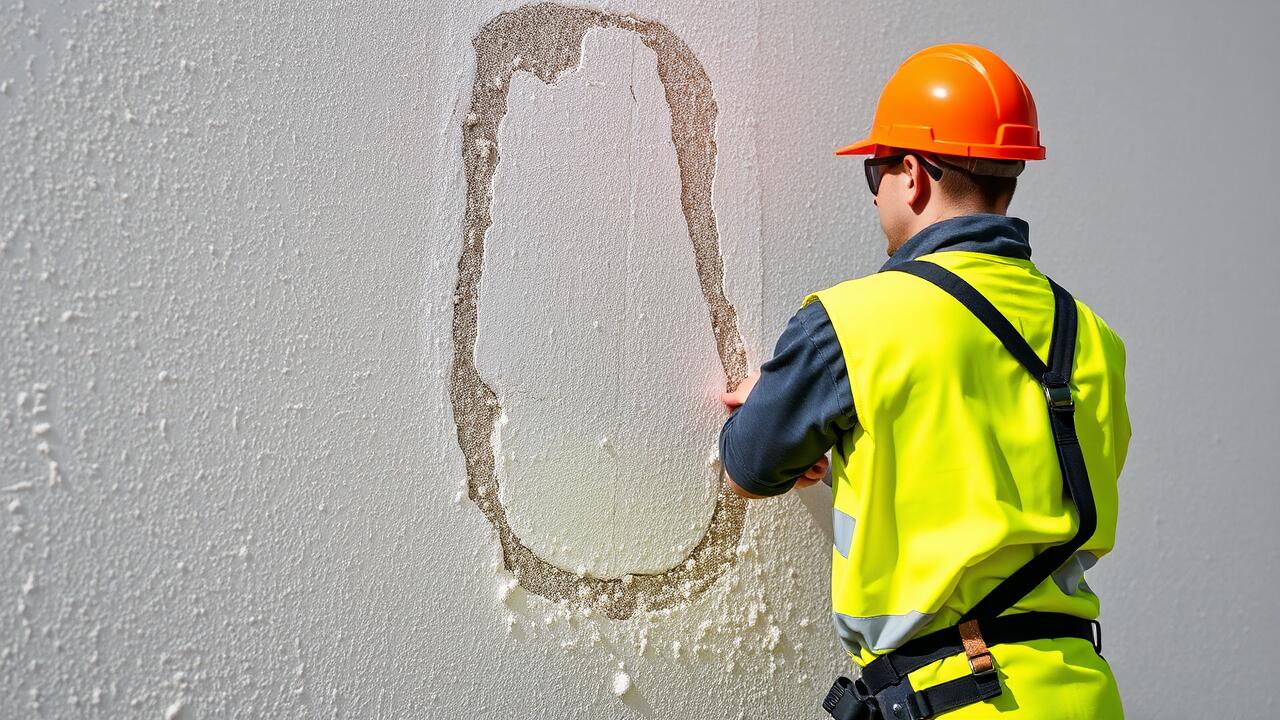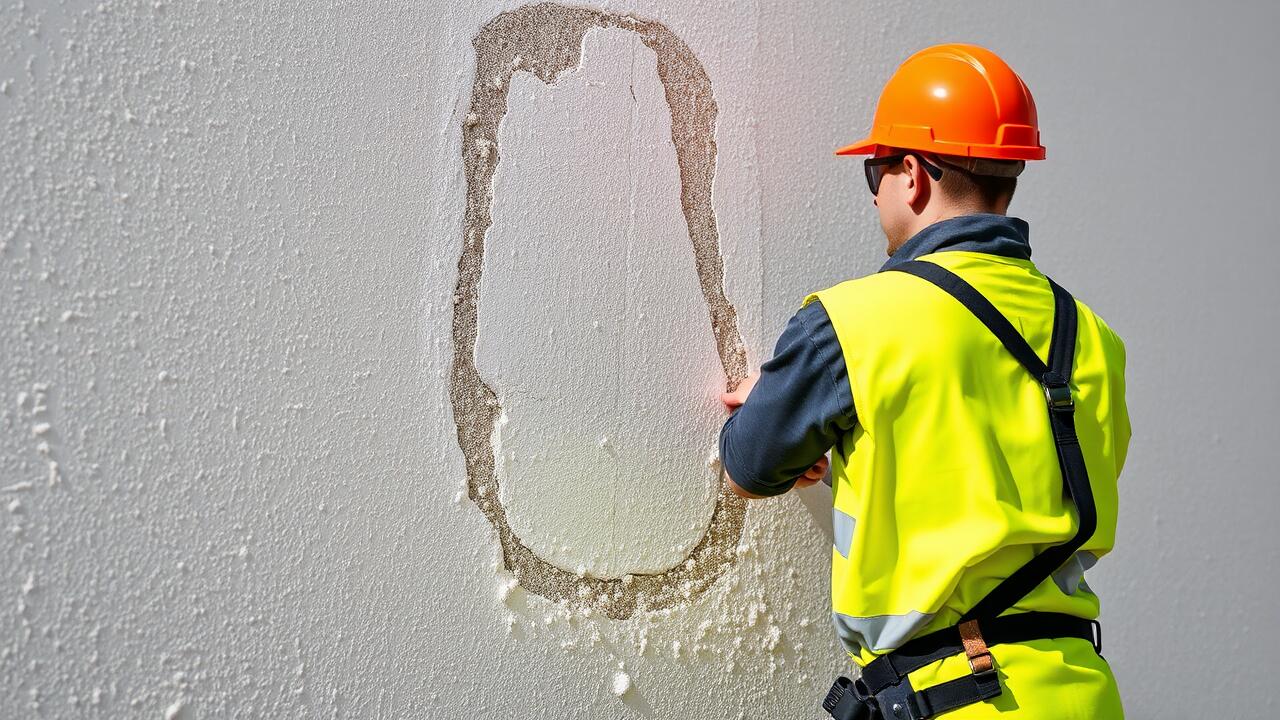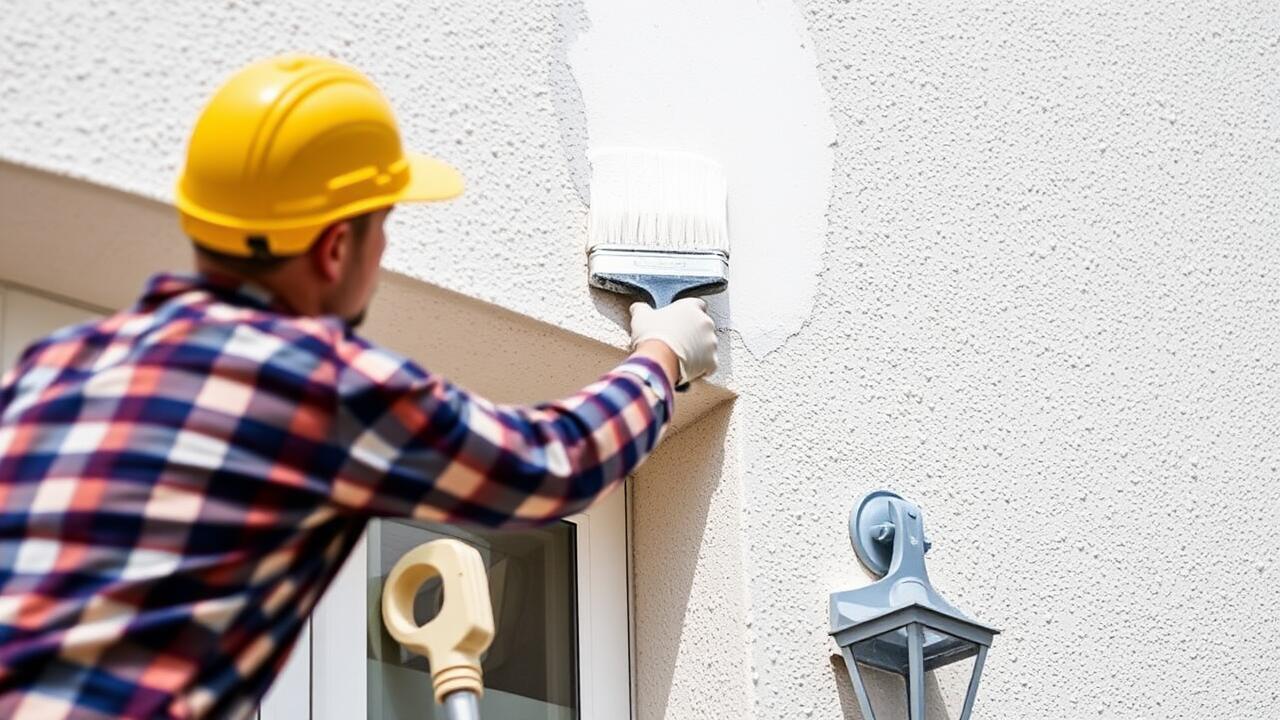
Texturing Options for a Smooth Finish
Stucco offers various texturing options that can significantly enhance the aesthetic appeal of a surface. Popular techniques include the smooth trowel finish, which creates a sleek and modern appearance, and the knockdown finish, where texture is applied and then knocked down for a rustic look. These methods can be tailored to achieve different visual effects based on personal style preferences. When considering a finish, it is crucial to think about the overall design of the property and how the texture complements its architecture.
For those looking to update their stucco, techniques such as sand finish and dash finish can also be effective. The sand finish creates a slightly rough texture that adds depth, while the dash finish features small droplets of stucco for a unique look. Residents in areas like Reseda, Los Angeles often explore these options for a fresh update to their homes. Each technique requires a keen attention to detail, ensuring an even application across the surface to achieve a professional-grade result.
Popular Texturing Techniques Explained
There are several popular texturing techniques that can be employed to achieve a smooth finish on stucco. One commonly used method is the "knockdown" texture, which involves applying a base layer of stucco followed by light knocking down of raised peaks with a trowel. This method creates a visually appealing, slightly mottled surface that retains depth while maintaining a smooth profile. Another technique, known as the "sand" finish, incorporates a fine aggregate into the final coat, resulting in a texture that is both durable and aesthetically pleasing.
For homeowners in the region, options like using a skip trowel technique can provide a unique appearance. This involves applying stucco in a random, sweeping motion, presenting a textured finish that resembles a light, stucco overlay. When considering these techniques, it is vital to consult with professionals, particularly for specialized services like Stucco Painting Reseda, Los Angeles. Proper preparation and application of these techniques not only enhance the beauty of the exterior but also contribute to the longevity of the material.
Curing the Stucco Effectively
Curing stucco properly is essential for achieving a smooth finish and ensuring the durability of the surface. The curing process typically begins once the stucco is applied. It is crucial to keep the surface damp to prevent it from drying out too quickly. This can be accomplished by using a fine mist spray or wet burlap. Maintaining consistent moisture promotes a strong bond and minimizes the risk of cracks.
Environmental factors significantly influence the curing time and effectiveness of stucco. Hot or windy conditions can lead to rapid evaporation, hindering proper curing. To enhance the curing process, it is advisable to choose a time of year with mild temperatures and adequate humidity. For those looking to refresh or enhance their stucco’s appearance, considering professional services such as Stucco Painting Reseda, Los Angeles, could be beneficial. Their expertise can ensure that the surface is both aesthetically pleasing and properly maintained after curing.
Best Practices for Optimal Drying Conditions
Achieving optimal drying conditions for stucco is vital to ensure a durable and aesthetically pleasing finish. Variability in temperature and humidity can affect the drying time, leading to potential cracks or peeling. It is advisable to apply stucco during mild weather, avoiding extreme heat or cold. For best results, maintaining a consistent temperature between 50°F and 90°F is recommended. Additionally, protecting the fresh stucco from direct sunlight can prevent rapid drying, which may hinder proper curing.
Monitoring the moisture levels in the environment is crucial. Using a hygrometer helps track humidity, allowing adjustments to the application technique or timing. In areas like Crenshaw, Los Angeles, where weather conditions can change quickly, covering the stucco with tarps during unexpected rain can safeguard the surface. Proper ventilation is another essential factor that encourages even drying. By keeping air circulating around the stucco, you can minimize the risk of trapped moisture, ensuring a smooth finish in your stucco project.
Repairing Imperfections in Stucco
Stucco surfaces often develop imperfections due to various environmental factors or application techniques. Cracks, chips, and uneven textures are common issues that homeowners encounter. Repairing these imperfections requires a careful approach to ensure a seamless finish. Start by cleaning the affected area thoroughly to remove dirt and debris, which prepares the surface for repair. Applying a polymer-modified stucco patch can fill in cracks and create a uniform texture. Once the patch has cured, it can be sanded smooth to blend with the surrounding surface, ensuring a consistent appearance.
For those looking to enhance the overall look after repairs, stucco painting is a viable option. Stucco Painting Reseda, Los Angeles, offers professional services that can refresh the exterior and cover any remaining imperfections. Proper priming and painting techniques not only improve the aesthetic but also provide added protection against the elements. Maintenance of the stucco surface becomes easier when imperfections are addressed properly, supporting the longevity and beauty of the structure.
Common Issues and How to Fix Them
When working with stucco, several common issues can arise, impacting the overall aesthetic and durability of the finish. Cracks are among the most frequently encountered problems, often resulting from temperature fluctuations or settlement in the building structure. Small hairline cracks can typically be repaired using flexible caulking, while larger cracks may require a more thorough approach, including patching with stucco mix or a specialized repair product designed for stucco surfaces.
In addition to cracks, color fading can diminish the appeal of a stucco finish over time. Sun exposure, moisture, and environmental conditions contribute to this issue. To restore the vibrancy of your stucco, professionals may recommend a fresh coat of paint specific to stucco surfaces. If you're in need of services like Stucco Painting Reseda, Los Angeles, skilled contractors can address both repair and repainting, ensuring a polished appearance and long-lasting protection for your stucco.
FAQS
What are the best texturing options for achieving a smooth finish on stucco?
Popular texturing options for a smooth finish include a smooth trowel finish, a knockdown texture, and a sand finish. Each technique provides a different aesthetic while maintaining a refined look.
How long should I cure stucco before applying a finish coat?
It is generally recommended to cure stucco for at least 7 days before applying a finish coat. This allows the material to properly harden and reduces the risk of cracking.
What are the best practices for ensuring optimal drying conditions for stucco?
Ensure optimal drying conditions by protecting the stucco from direct sunlight and heavy winds, maintaining consistent moisture levels, and avoiding freezing temperatures during the curing process.
What are common issues that can occur with stucco finishes?
Common issues include cracking, discoloration, and uneven surfaces. These problems can result from improper mixing, inadequate curing, or environmental factors during the application.
How can I repair imperfections in my stucco finish?
To repair imperfections, clean the affected area, apply a compatible stucco patch or filler, and then smooth it out with a trowel. Once dry, you can texture it to match the surrounding area if necessary.



